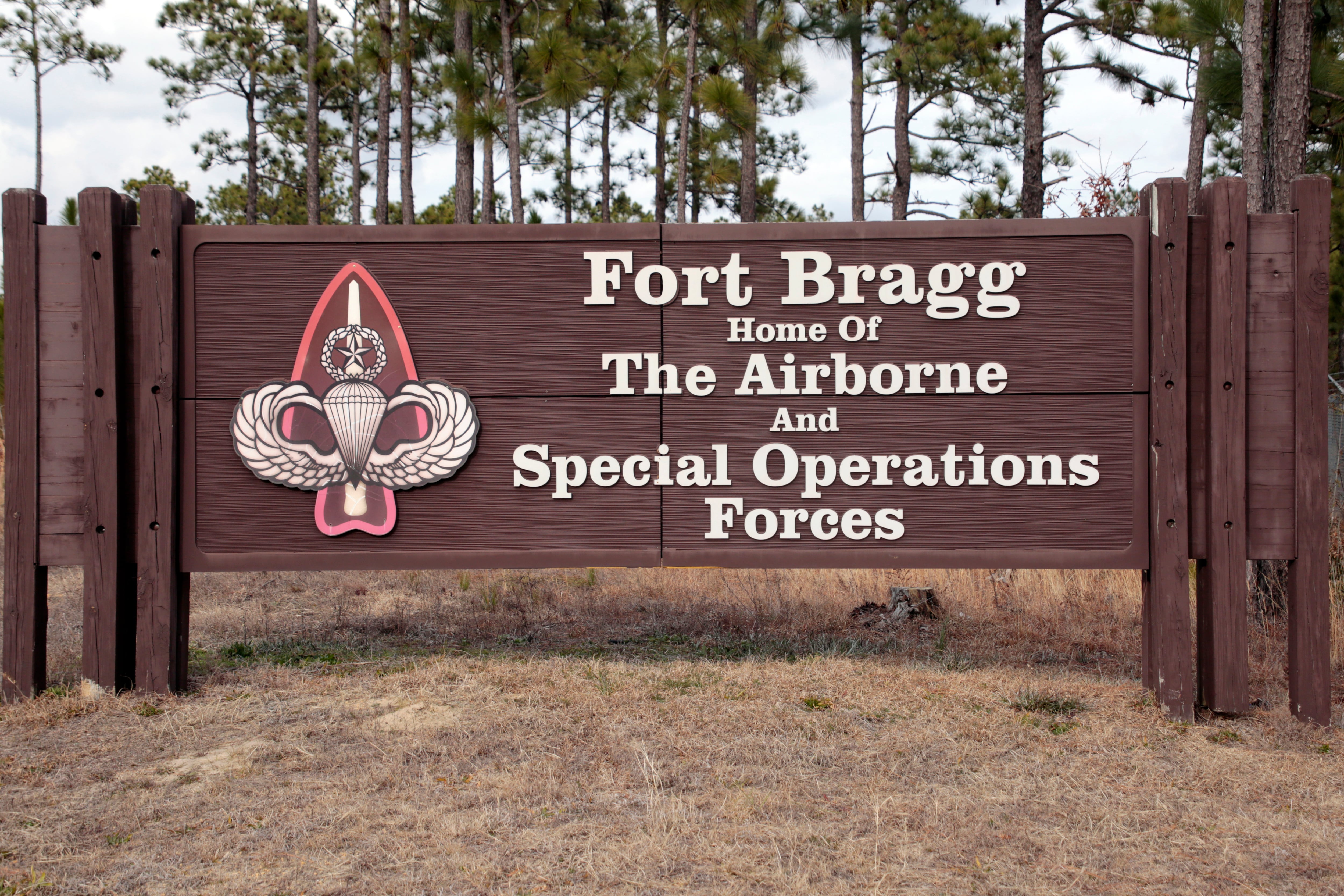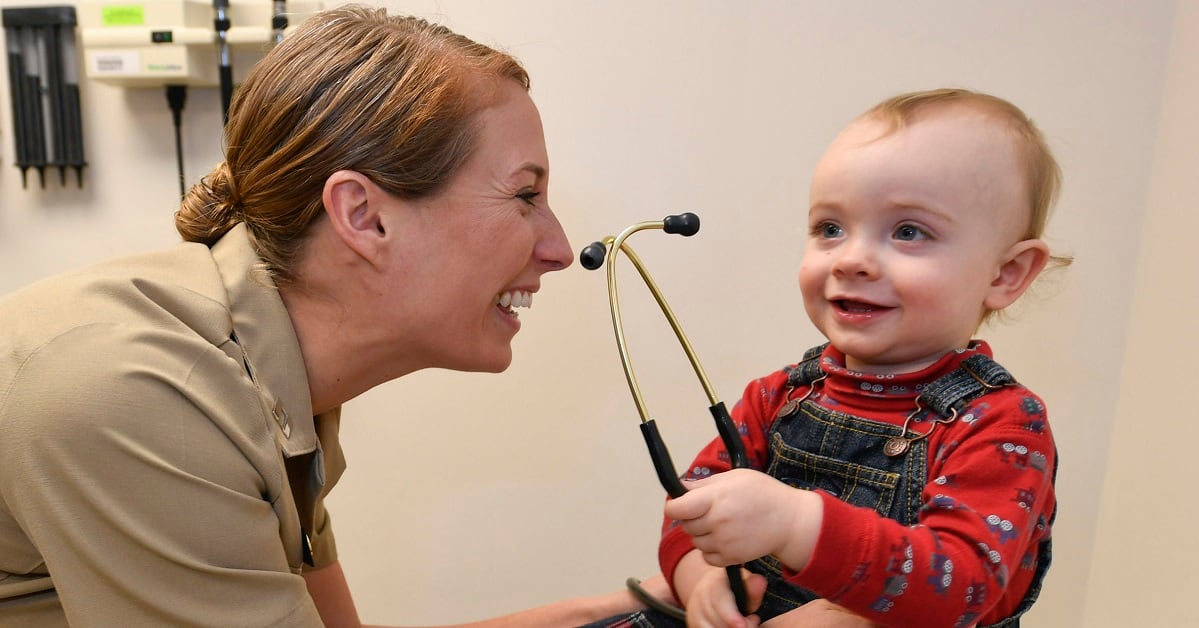WASHINGTON — The deaths of four U.S. soldiers in Niger in an early October ambush has cast a spotlight on a once-obscure mission in the West African nation. Reports indicating U.S. and Nigerien forces were surveilling an Islamic State recruiter when they were ambushed has renewed questions about the scope of the U.S. operation.
However, the public speculation is partially due to a misperception of what Special Forces soldiers do in train, advise and assist missions, according to one former U.S. special operations soldier with several years of experience operating in the Sahel region of Africa.
“We aren’t trying to run a covert war there — that is not what is going on,” the former operator told Military Times on the condition of anonymity. “The scope of this is what may seem a little weird to people.”
Reports over the last several weeks have focused on questions of whether U.S. troops in the region are properly equipped, if air support is readily available and whether wounded troops can be evacuated within the Defense Department’s mandated “golden hour.”
Though it is rare for U.S. personnel to be encounter combat in Niger, the mission nevertheless comes with its own dangers and hazards, the former operator said.
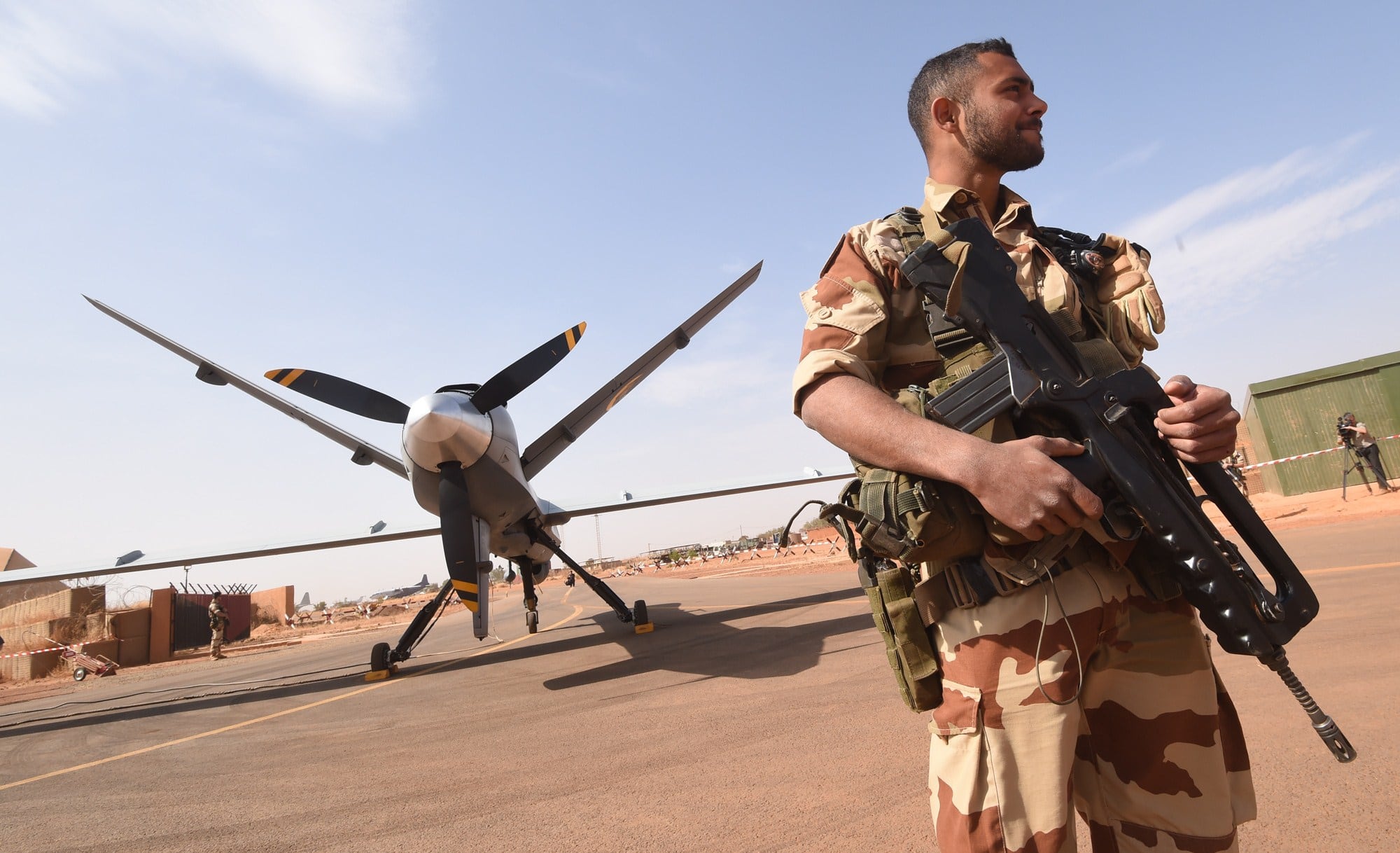
“We do offensive partner nation operations in Afghanistan all the time” in an advise capacity, he added.
For example, the Green Berets who operated in Afghanistan in 2001 — a team featured in the upcoming movie “12 Strong” — were conducting a traditional advisory mission.
That small Green Beret team was embedded with thousands of Afghan horse soldiers. Their job wasn’t to be “door kickers,” but to advise Afghan forces against the Taliban and al-Qaida, he said.
“What the [Green Beret team] brought was air power and guidance,” the former American commando said.

The mission of Special Forces troops in Niger isn’t to conduct combat operations, but combat can find U.S. troops on the ground, and advise missions can include guidance by U.S. troops on the ground with partner forces engaged in active combat, he said.
The problem is the public sometimes perceives special forces as door kickers like SEALs, Marines or Rangers, but that is just not what these units do.
“SF’s main mission is training, we are force multipliers, we are ground diplomats,” he explained.
The ongoing mission in Niger “is what SF has done since JFK,” he said. President Kennedy awarded the wearing of the Green Beret during a visit to Fort Bragg in 1961.
The former operator also pushed back on claims that surveilling an ISIS target may somehow be outside the scope of a train-and-advise mission. NBC News first broke the story on Tuesday that the joint patrol was on a reconnaissance mission to track an ISIS recruiter.
It depends on who was doing the surveilling, he said. The Niger patrol was predominantly composed of Nigerien forces, meaning the operation was Nigerien-led with U.S. troops serving as guides.
“This was a Nigerien mission.”
Part of the confusion surrounding the nature of train-and-advise missions stems from U.S. officials’ reluctance to use the term combat, especially as those events unfold during advising missions.
“I wouldn‘t. Again, what they were doing in Niger was a train, assist and advise mission. Obviously anything that our troops do, they are in harm’s way ... but that mission was a security assistance mission,” said Pentagon spokeswoman Dana White at an Oct. 5 press briefing on whether the Pentagon would describe the Niger ambush as combat.
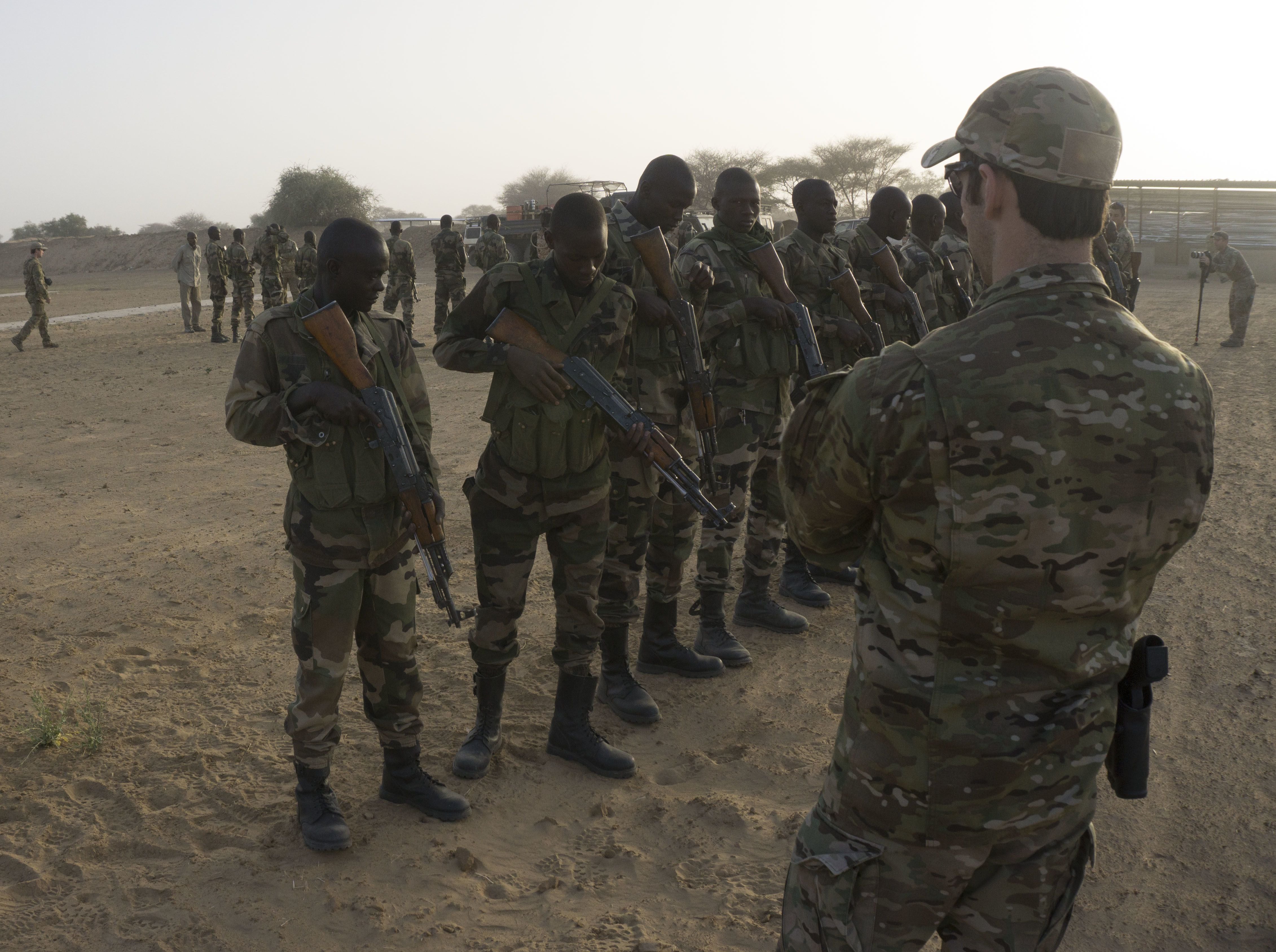
“I would just add, I’m not gonna parse the language with you. Certainly to the soldiers in the fight, it was combat ... I don’t want to dance around that,” said Joint Staff Director Lt. Gen. Kenneth F. McKenzie Jr. at the same press briefing.
The issue has become so granular and controversial that U.S. officials have even classified specific patrols as being combat or noncombat.
“The patrol is not designed to be a combat patrol. Patrol is designed to be a partner patrol that was going out actually doing outreach,” McKenzie said at an Oct. 12 press briefing.
Nevertheless, the operation in Niger has also raised criticism about whether troops operating in a region where numerous Islamist terror groups — to include ISIS, al-Qaida in the Islamic Maghreb and Boko Haram — are known to operate are properly supported and equipped.
According to a report by The New York Times, the dozen U.S. troops accompanying Nigerien forces on the joint patrol were operating in military vehicles and Toyota Land Cruisers from the U.S. Embassy.
Sgt. La David T. Johnson, who was killed in the ambush and whose body was discovered nearly 48 hours later, was driving one of the Land Cruisers.
Officials at U.S. Africa Command have refused to detail what military vehicles U.S. troops were operating in at the time of the ambush, citing operational security.
Nigerien forces are known to operate in “technicals,” or modified, weapon-equipped pick-up trucks, and U.S. forces do accompany partner forces in similar vehicles in the Sahel region to blend in, according to the former American commando.
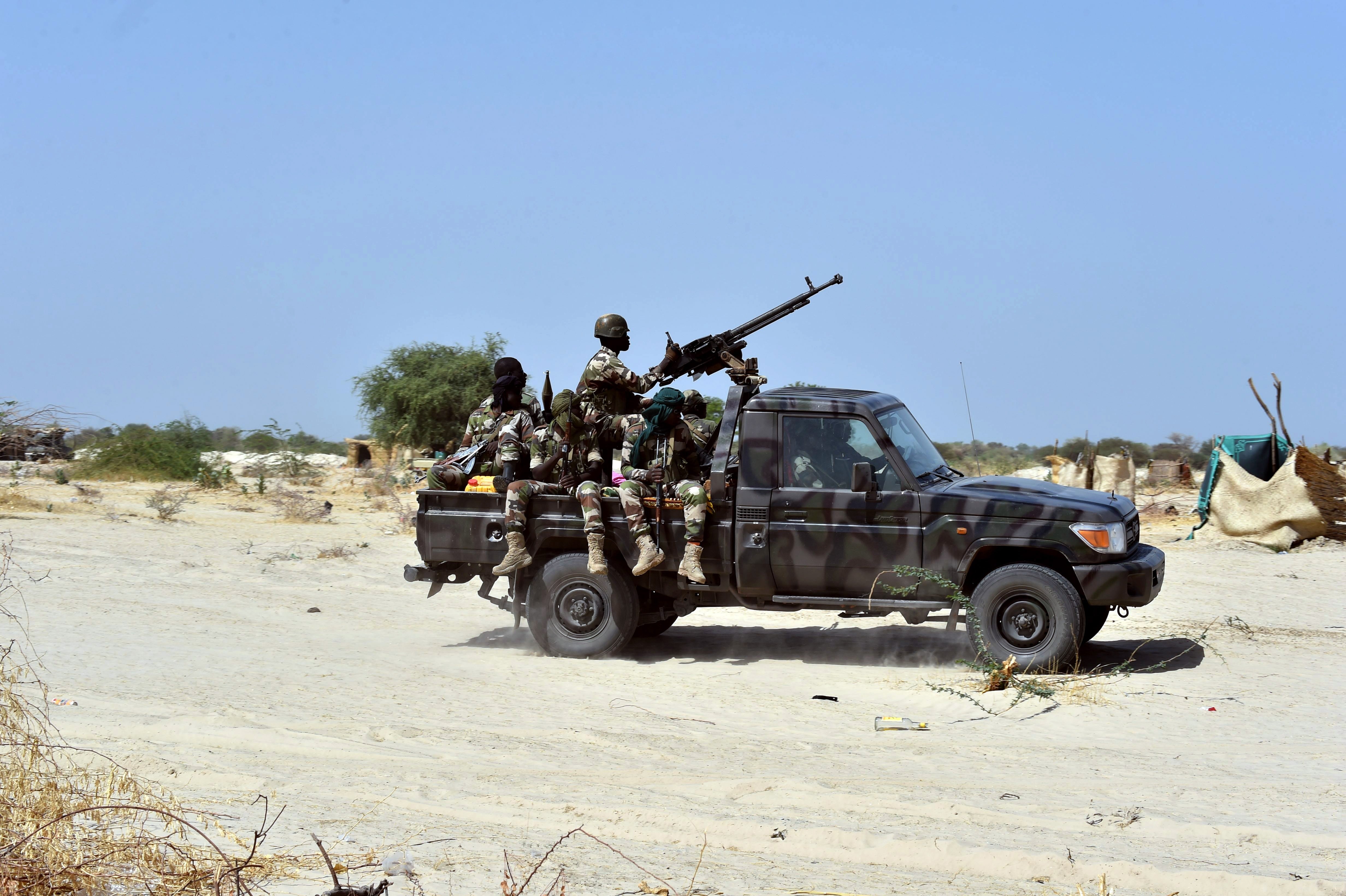
However, the deaths of the U.S. soldiers has raised questions about whether American troops in the region should be operating in up-armored vehicles like the MRAP, commonly operated by U.S. troops in Afghanistan and Iraq.
The former special operations forces operator who spoke to Military Times push backed on those claims. “We aren’t properly equipping these guys, well yeah, we are,” he said. “They are getting what they need.”
“Thin skin vehicles are absolutely a horrible idea from a risk management point of view, but operationally, that is how the British have done it for years,” he said, citing British experience in Iraq and Africa.
“Supporting operations in remote regions requires a long logistical chain, including long medevac times,” he said. “The trans Sahel region is largely undeveloped desert where camels are still a common mode of transportation
“The safest I’ve ever felt in an active combat theater has been in a local vehicle, local garb and local weapons,” he added.
U.S. and western military vehicles are too easy to target and become easy prey. “Every triggerman on that road can ID that as a target,” he explained.
“Because we don’t like seeing our guys blown up, we created these armored cocoons,” he said. “That briefs better.”
The problem in Africa is that U.S. troops in the region have to be active and that requires a presence, and Green Berets and special operators are basically filling a void that the U.S. State Department isn’t actively filling.
The mission becomes a question of “how overt or covert is it,” he explained.
Additionally, MRAPs are not really suited for operations in many areas of the Sahel. The vehicles don’t drive well in the sand and “mobility across loose terrain” is a nightmare, he said.
Then add the logistical complications if sophisticated U.S. military hardware becomes stuck or lost in the region.
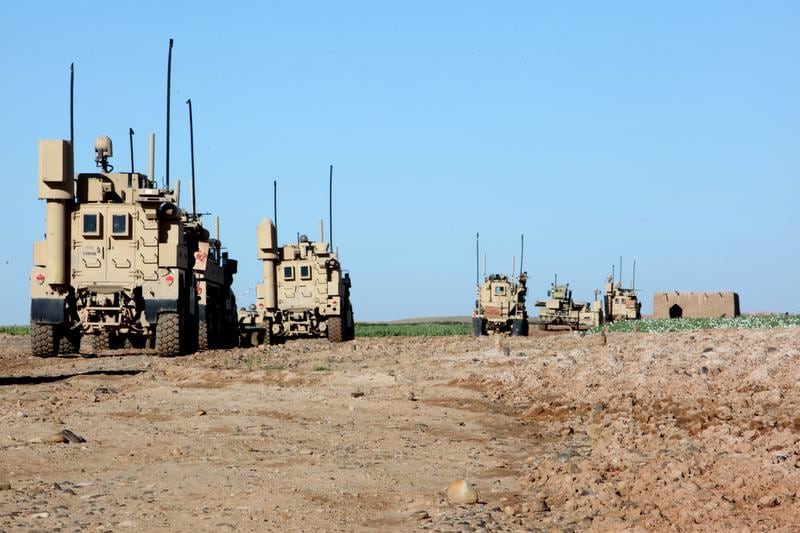
“Towing is a nightmare,” and there really isn’t a support or logistic network to make all these components come together.
Shawn Snow is the senior reporter for Marine Corps Times and a Marine Corps veteran.

